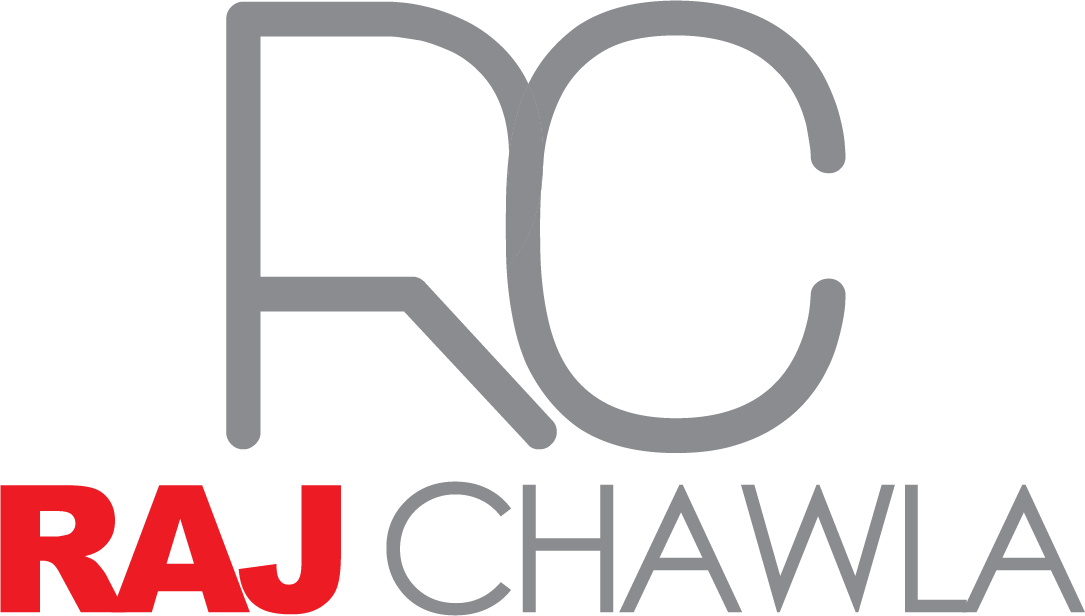Government emphasises spending to bolster economic recovery underway. IN BRIEF $106.6 billion deficit with net debt to peak at $980.6...
Read More– New tax offset and higher 32.5% tax threshold for 2018/2019 year – Income tax rates for 2018/2019 financial year (subject to legislation)
On 8 May 2018, in the 2018 Federal Budget, the federal government announced new tax relief measures, with some commencing from 1 July 2018 (2018/2019 financial year), subject to legislation.
In this article, you can also find the Australian income tax rates applicable for the 2018/2019 financial year, the 2017/2018 financial year.
If you’re Age Pension age or older, you may be eligible for a higher tax-free threshold by taking advantage of the Seniors & Pensioners Tax Offset (SAPTO).
The Australian tax financial year runs from 1 July to 30 June of the following year; for example, the 2017/2018 financial year is 1 July 2017 through to 30 June 2018, and the 2018/2019 financial year is 1 July 2018 through to 30 June 2019. The income tax rates for the 2018/2019 year, for the 2017/2018 year and for the 2016/2017 year (and earlier financial years) are set out below.
Note: The primary source for taxpayers on any information relating to tax brackets and individual tax rates is the Australian Taxation Office website (www.ato.gov.au
For the 2018/2019 financial year, the federal government announced 3 significant changes to the income tax rules, in the 2018 Federal Budget:
Income tax rates for 2018/2019 financial year (subject to legislation)
The tax-free threshold is the first $18,200 of your income. You can earn up to $20,542 before any income tax is payable, when taking into account the Low-Income Tax Offset. For those earning under $125,333, a Low and Middle-Income Tax Offset (LAMITO) will also be available, with those Australians on a taxable income of between $48,000 and $90,000 receiving the maximum LAMITO of $530.
For the 2018/2019 year, your top marginal rate of income tax rate can be 0%, 19%, 32.5%, 37% or 45% (plus Medicare levy).
Note: For the 2018/2019 year, the 37% marginal tax rate takes effect when your taxable income exceeds $90,000. For the 2017/2018 year, the 37% marginal tax rate takes effect when your taxable income exceeds $87,000. For previous financial years (before July 2016), the threshold for the 37% tax rate is $80,000.
Income Marginal tax rate:
Source: Adapted from information on the ATO website (www.ato.gov.au).
* You can earn up to $20,542 before any income tax is payable, when taking into account the Low-Income Tax Offset (LITO). For those earning under $125,333, a Low and Middle-Income Tax Offset (LAMITO) will also be available, of up to $530 (subject to legislation).
Government emphasises spending to bolster economic recovery underway. IN BRIEF $106.6 billion deficit with net debt to peak at $980.6...
Read MoreRegardless of how far off retirement is for you, it could be beneficial to regularly check that your finances are...
Read MoreThe amount of superannuation you should have is a culmination of the contributions made into your super account, fees deducted...
Read More